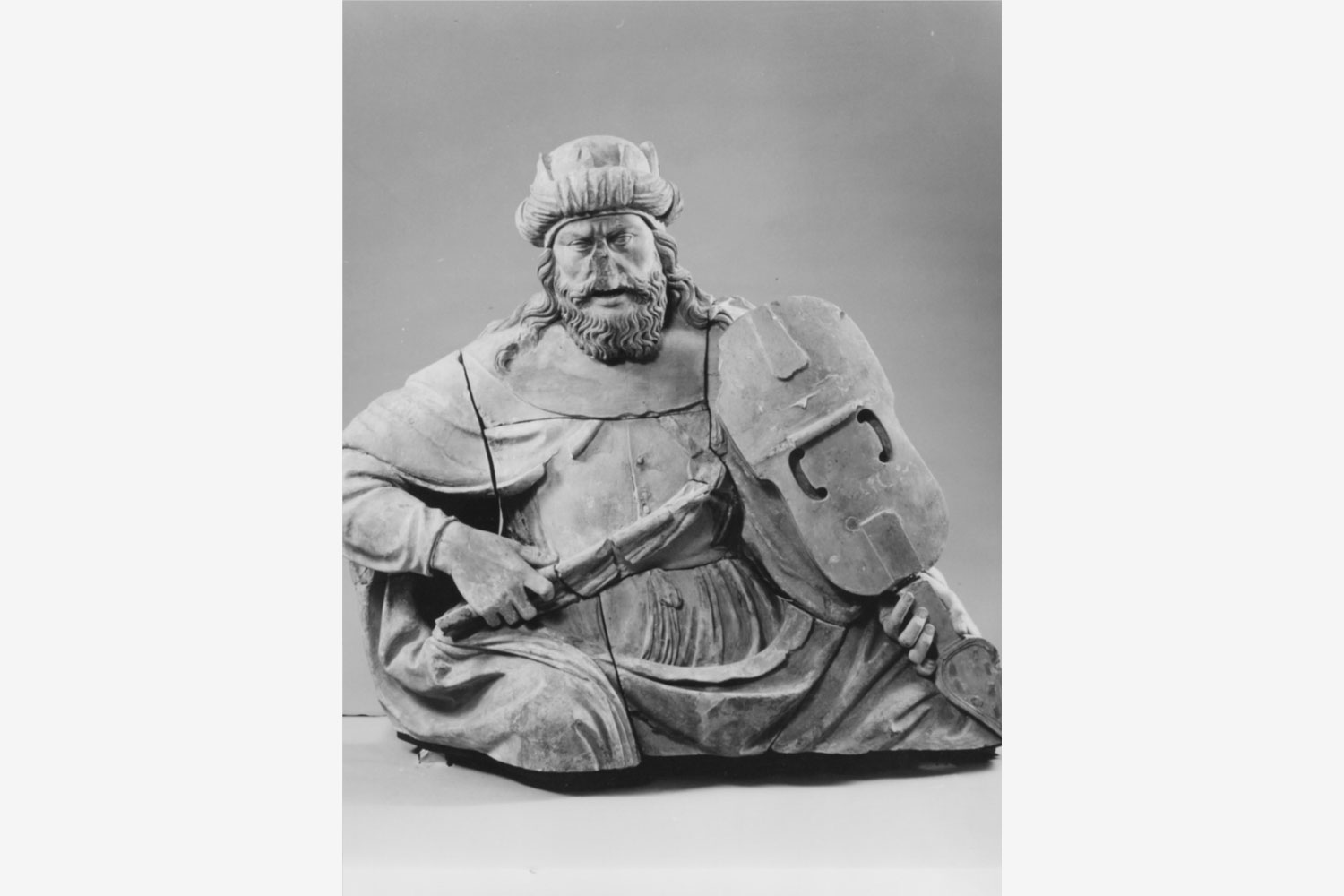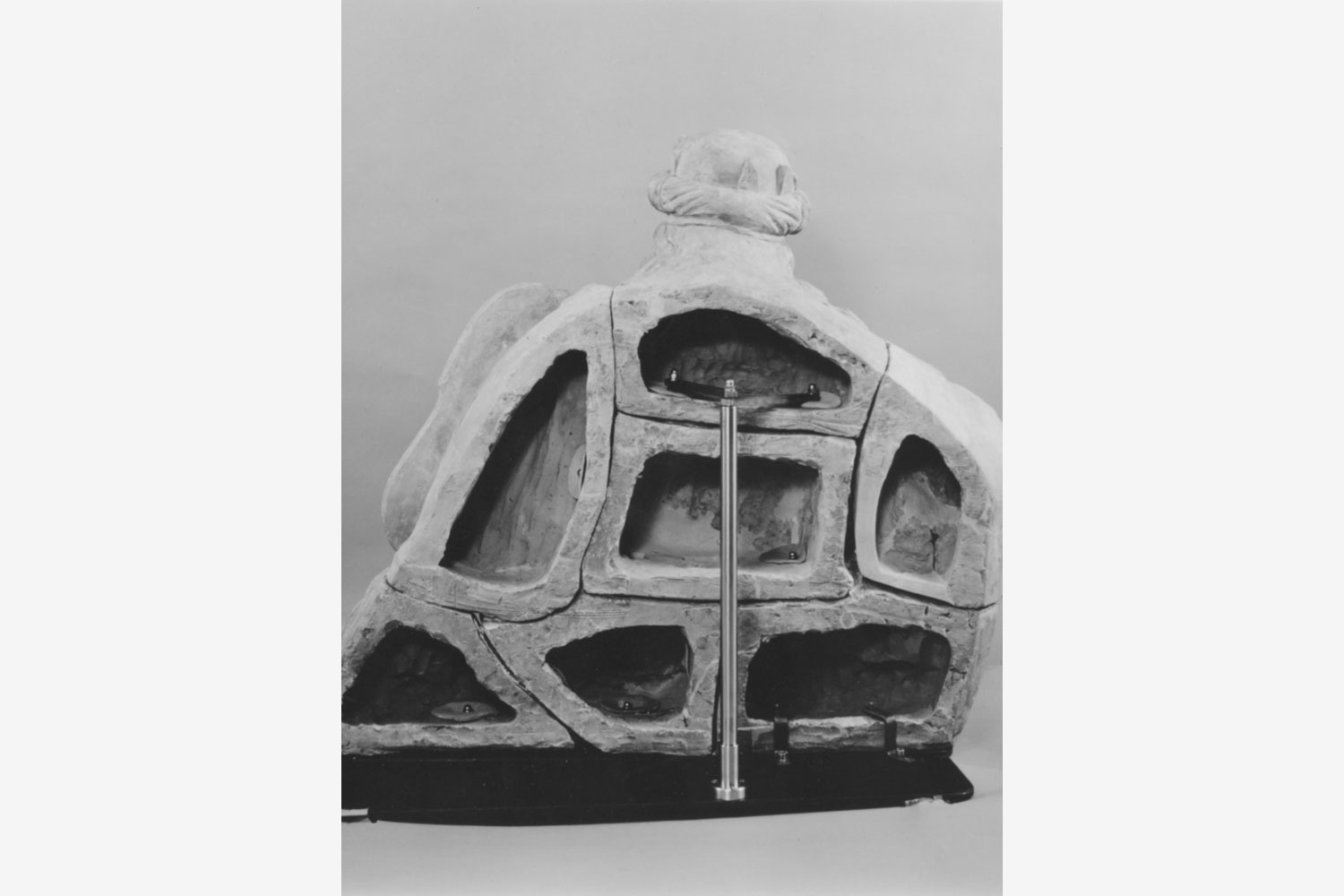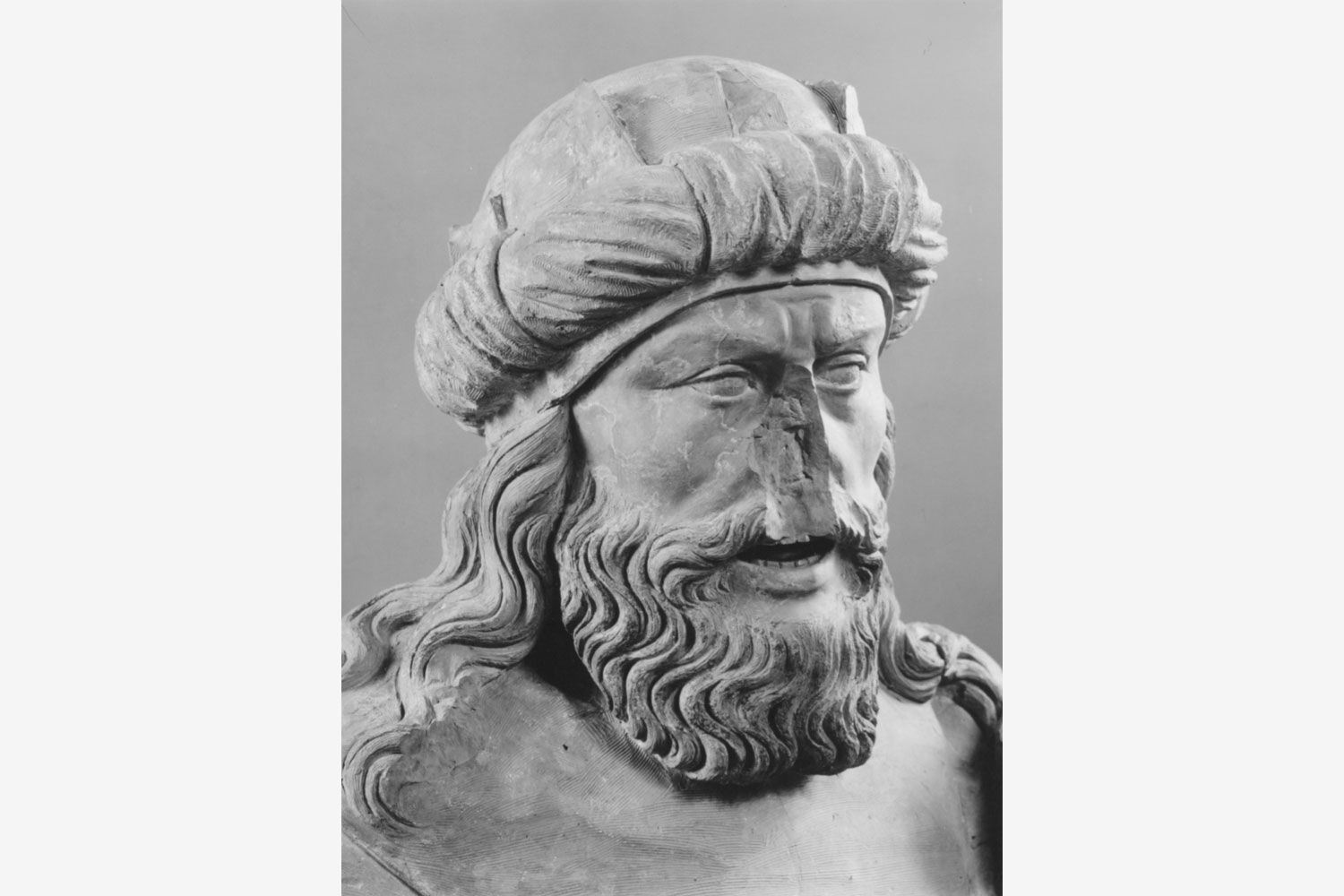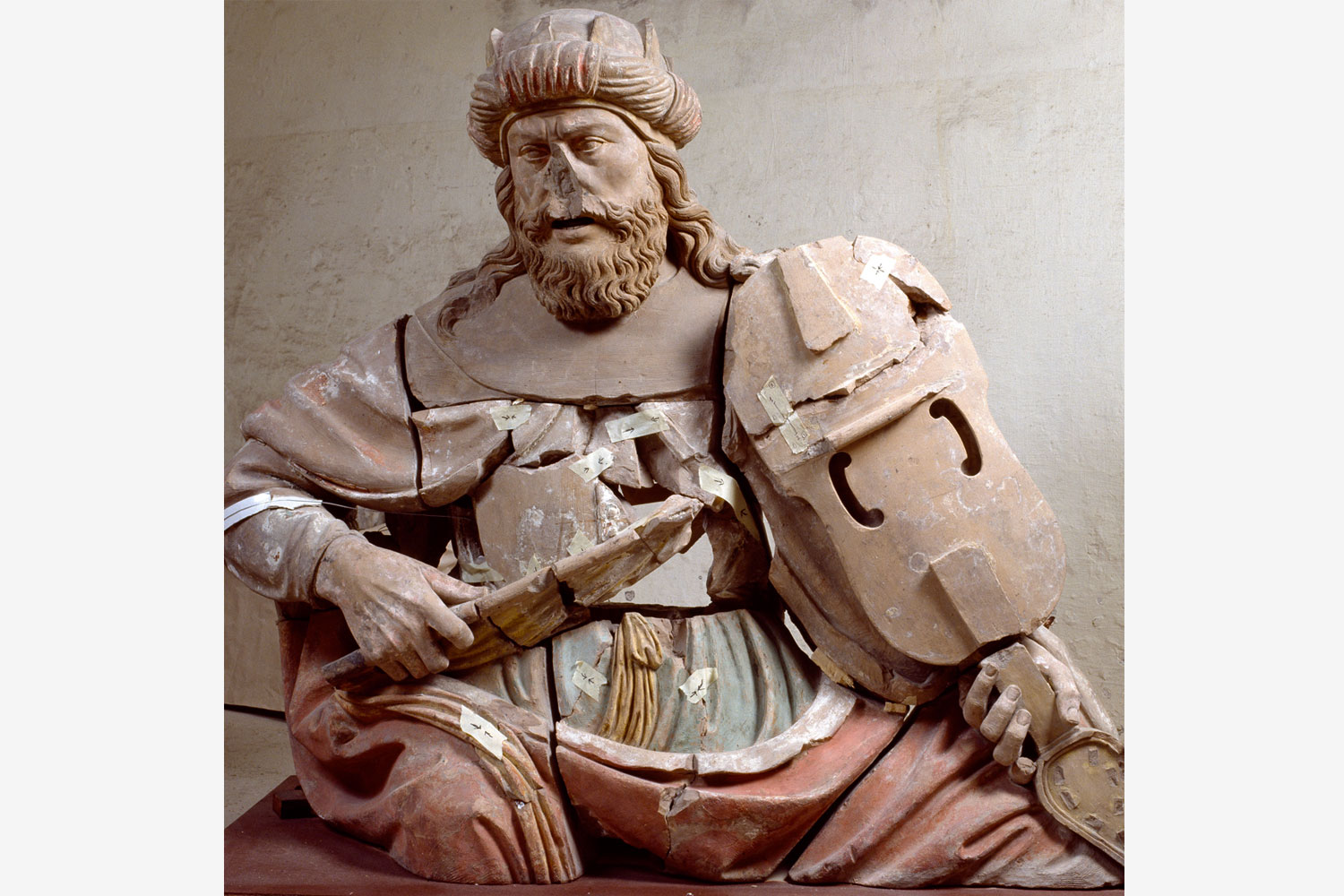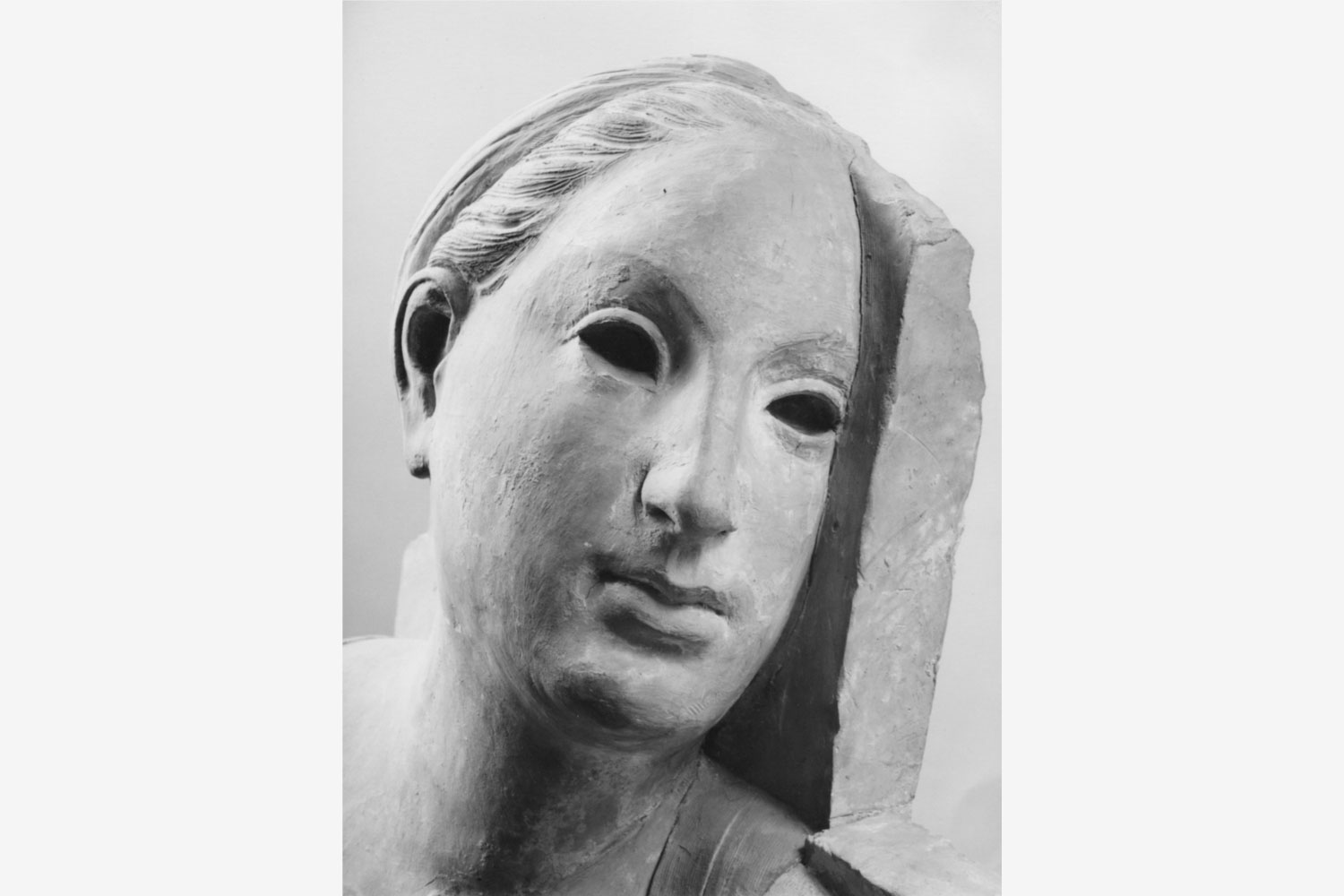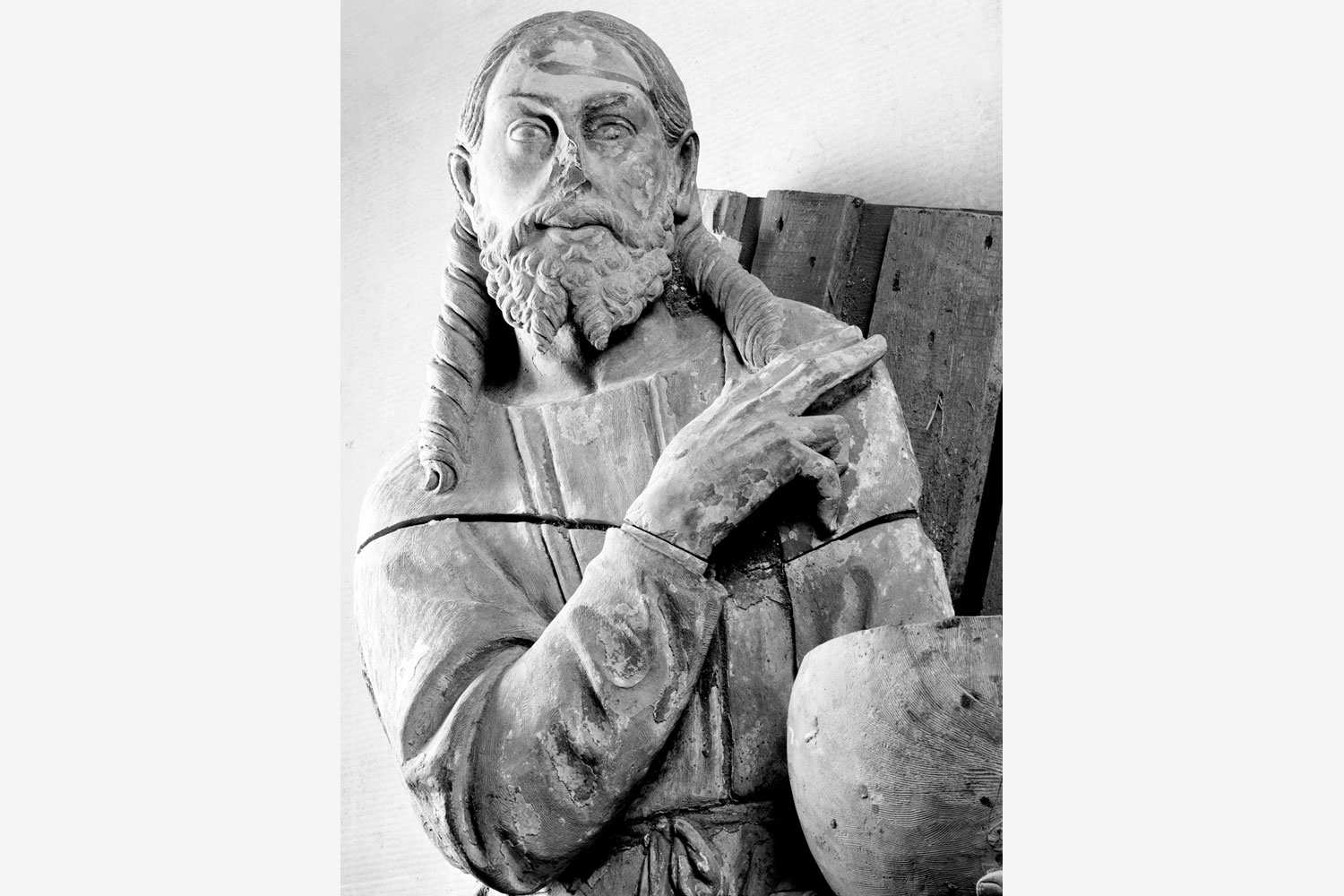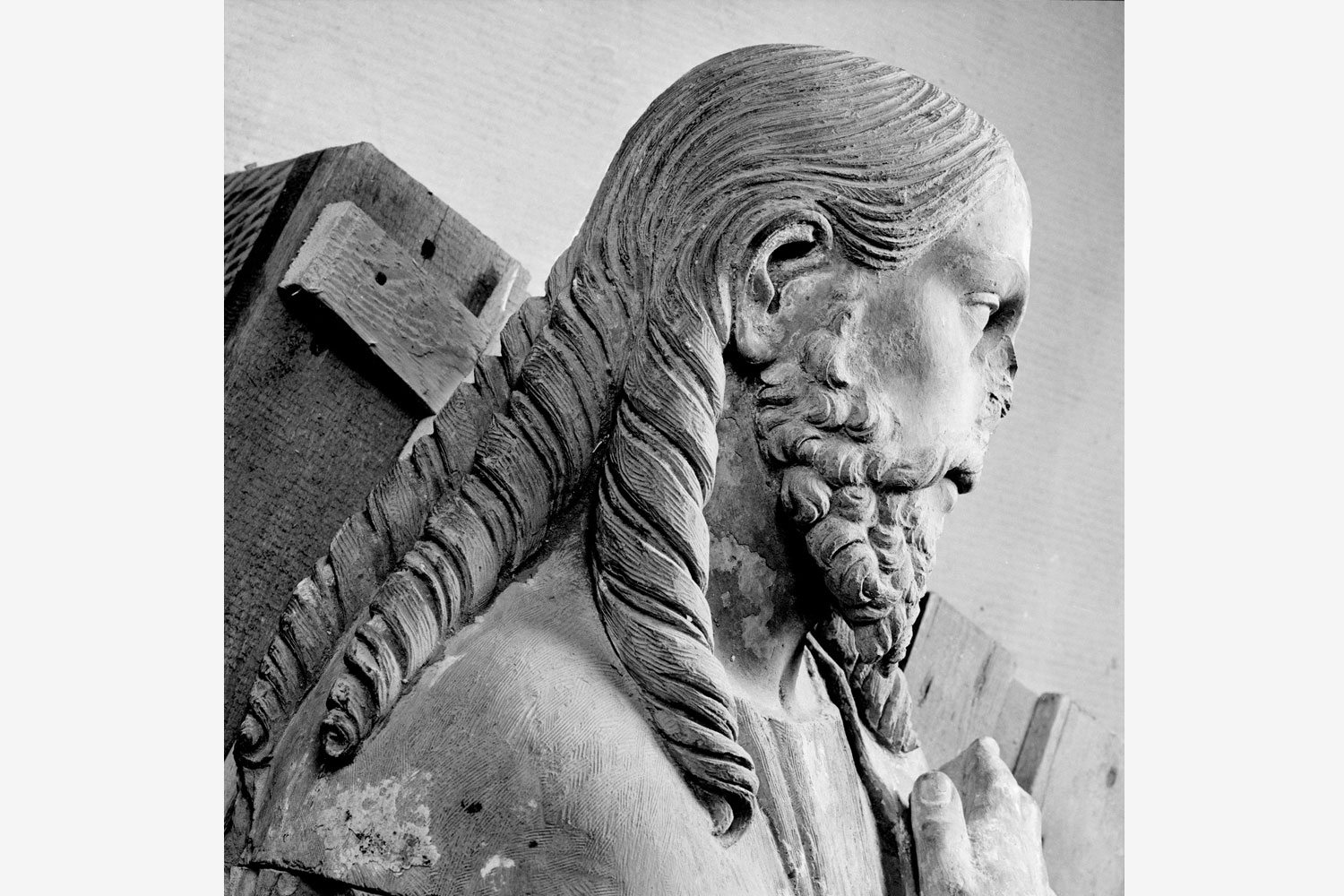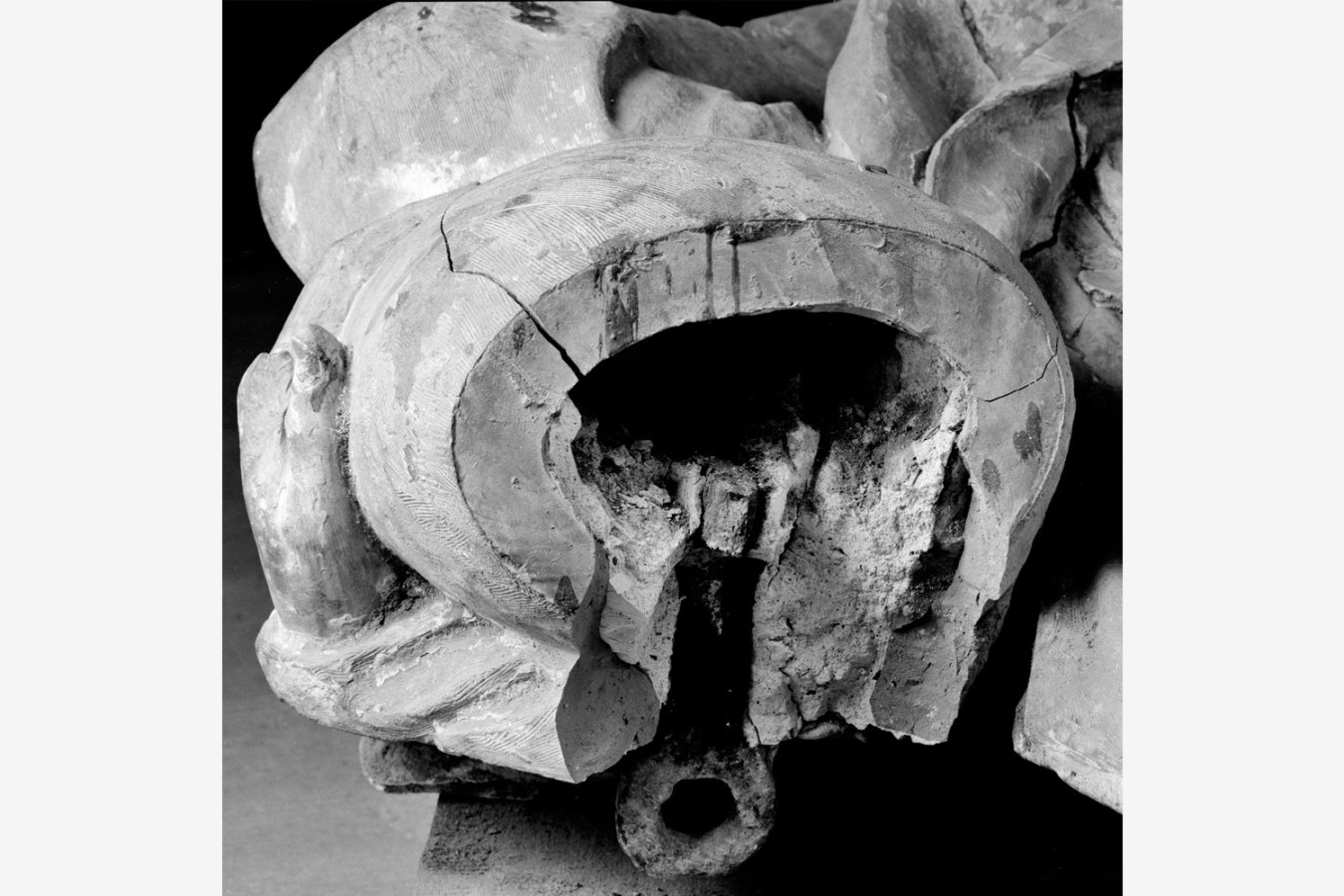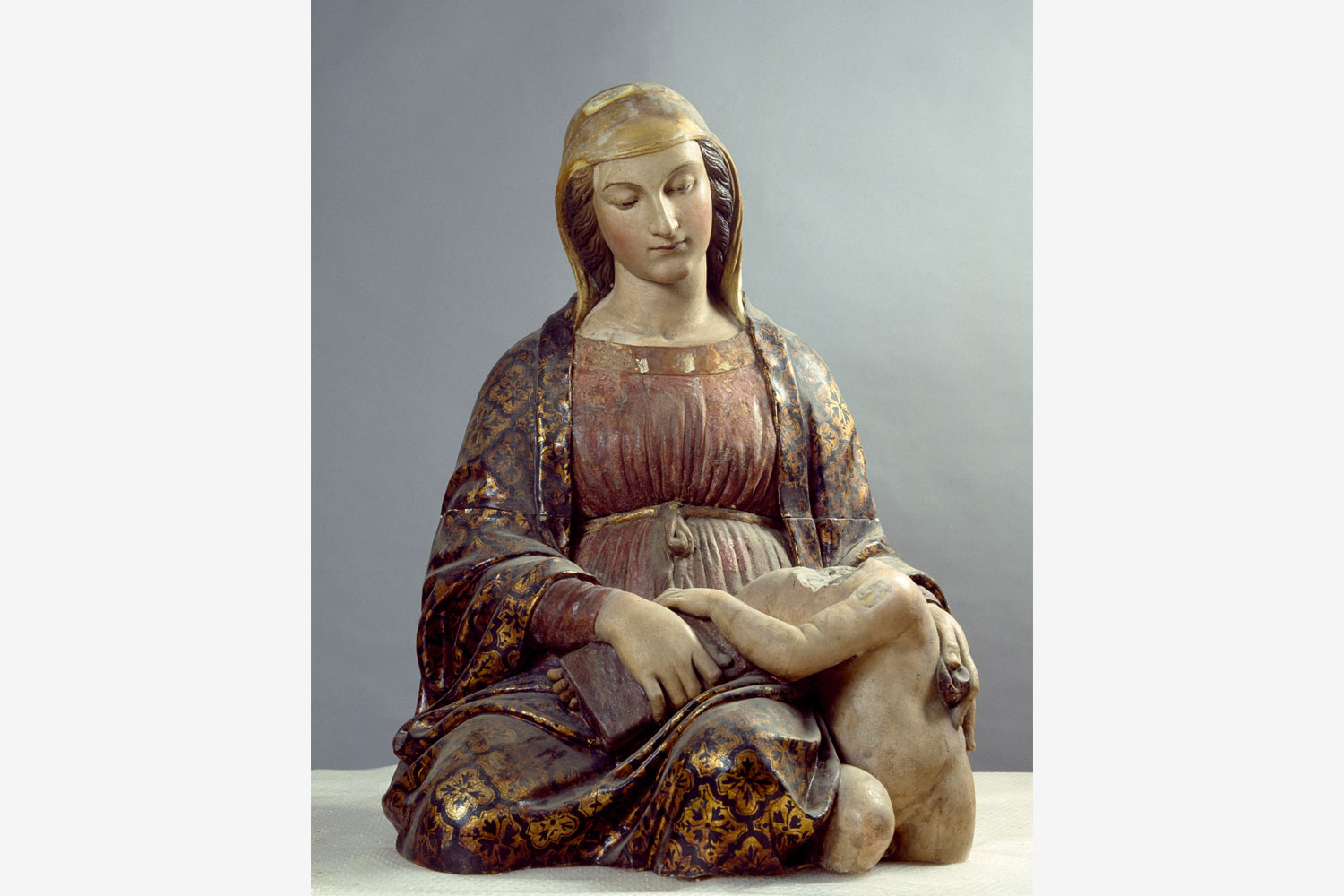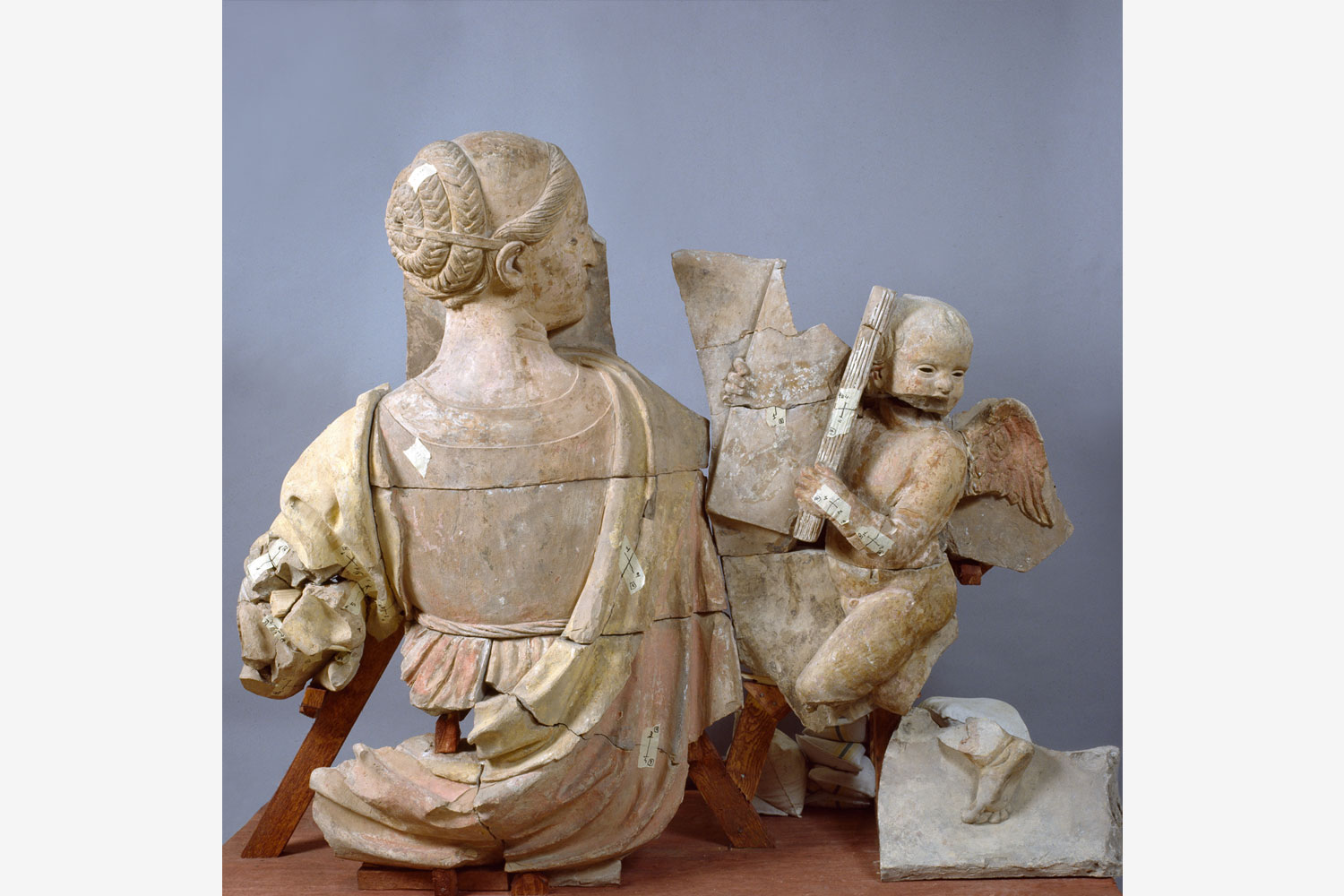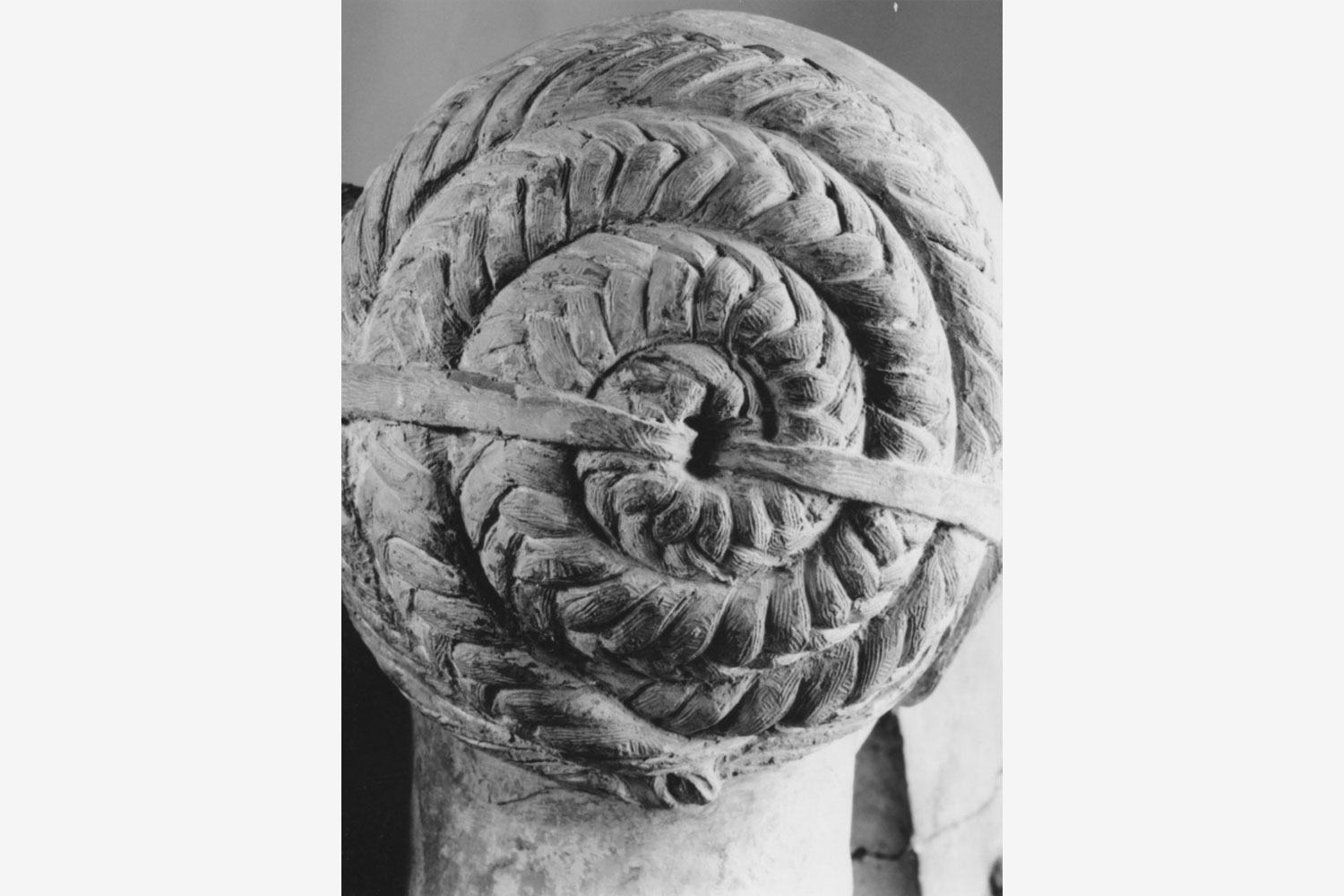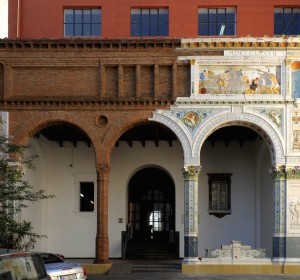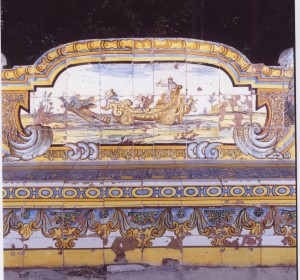Naples, Certosa di San Martino, Domenico Napoletano, Cona de’ Lani
Date
Monday June 6th, 2016
DATA SHEET
AUTHOR:
Domenico Napoletano
DATING:
First half of XVI sec. (signed and date 1517)
LOCATION:
Naples, National Museum of Certosa di San Martino
CUSTOMER:
Superintendence for the State Museums of Naples – Dr. Maria Ida Catalano
THE PROBLEM
In the sixties, during the restoration work of Sant’Eligio Maggiore church in Mercato Square – which was destroyed by bombing in 1943 – there was discovered a huge amount of sculptures’ fragments and architectural elements all made in painted terracotta.
These elements were immediately recognized as fragments of a wide altar disappeared from their original location, the chapel of Lani – the rich congregation of “bucceri” or butchers – since the middle of the eighteenth century.
Recovered from the Royal Palace’ warehouse in 1999 and then moved to the Superintendent local into S. Elmo Castel, they have been aim of the research and of preservartion works directed to the reconstruction implemented from 2000 to 2006.
Fragments were covered by layers of unstable sediments and mortar conglomerates, never removed from the surface since the discovery. The few traces of paint films and bolo gold-plating still present on terracotta urgently need a reinforcement operation.
Surfaces’ cleaning and consolidation have brought to light the valuable manufacturing of these reliefs.
Today all of the architectural pieces’ sculptures and fragments are safekept into the National Museum of Certosa di San Martino. Restoration was never completed.
THE METHOD
The work took place in several batches from 2000 to 2006. The first part was dedicated in particular to the research of connections between fragments and also devoted to the preservation operation.
Several photographic sessione were carried out and the whole cataloguing of the fragments has been done.
Direct reliefs of all the architectural fragments have been made in order to allow the study of a “virtual” assembly, then diagnostic tests were implemented to assure a better knowledge of enforcement techniques and to deepen the analysis of the conservation status.
In 2001, during the exhibition “Earth and Fire”, King David was restored, integrated and assembled on a support, then has been part of an exhibition at the Houston Museum of Fine Arts, the catalog was published by prof. Bruce Boucher with some important papers related to the italian terracotta sculpture’s history from Donatello to Canova.
In 2004 all the architectural fragments have been cleaned and strengthened.
